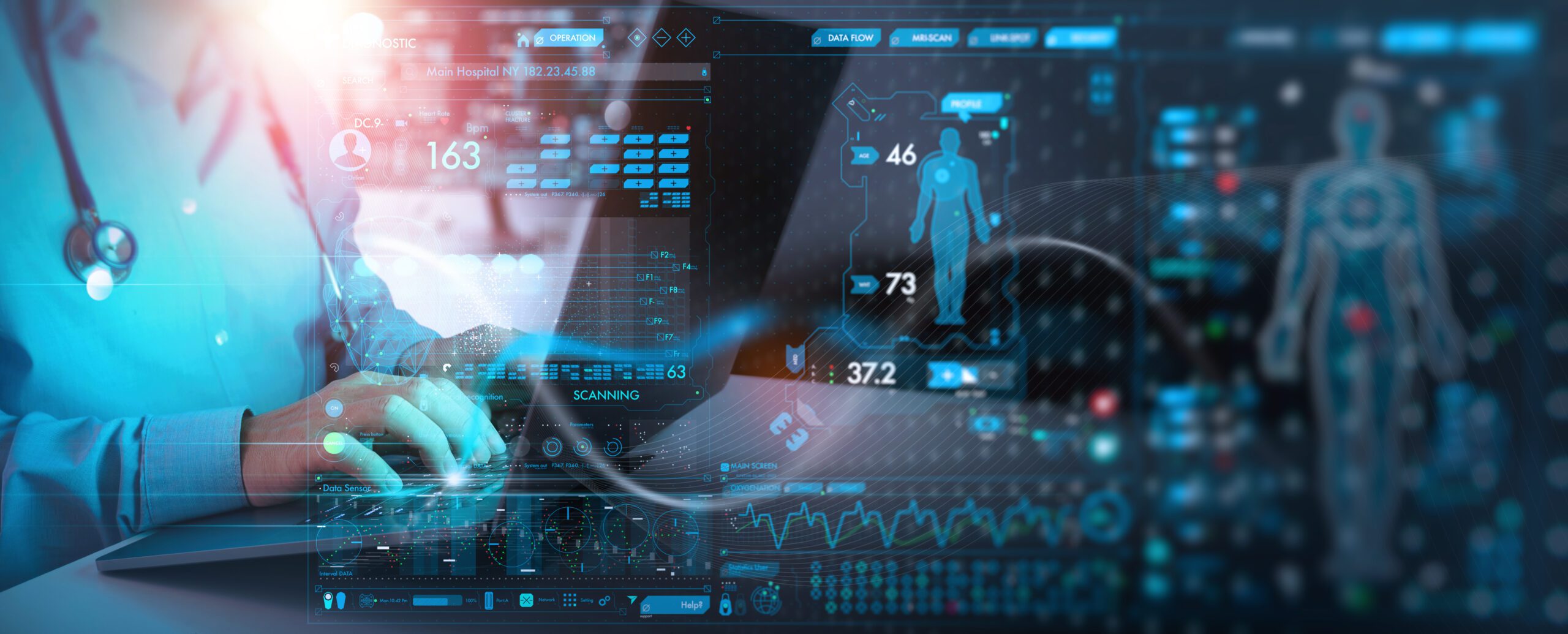Imagine walking through a hospital corridor. What do you hear?
The beeping, ringing, and buzzing of alarms are constant reminders of the complex systems keeping patients alive.
But here’s the problem: up to 85 to 99% of hospital alarm signals don’t require clinical intervention. When nearly every sound demands attention, even the most critical alarm can go unnoticed.
At the same time, patients who receive only intermittent vital sign monitoring are three times more likely to require ICU transfer or experience adverse outcomes than those under continuous monitoring.
Separating noise from important alarms is a matter of life and death for patients in a hospital. With clinicians in short supply, it’s essential to focus human attention where it matters most. That’s where intelligent medical devices come in.
Smarter devices drive better outcomes overall
Next-generation medical devices have evolved from simple tools into intelligent systems that integrate electronics, software, and connectivity. These devices don’t just collect data… they interpret it, act on it, and communicate it seamlessly.
Here are four key ways they’re reshaping care:
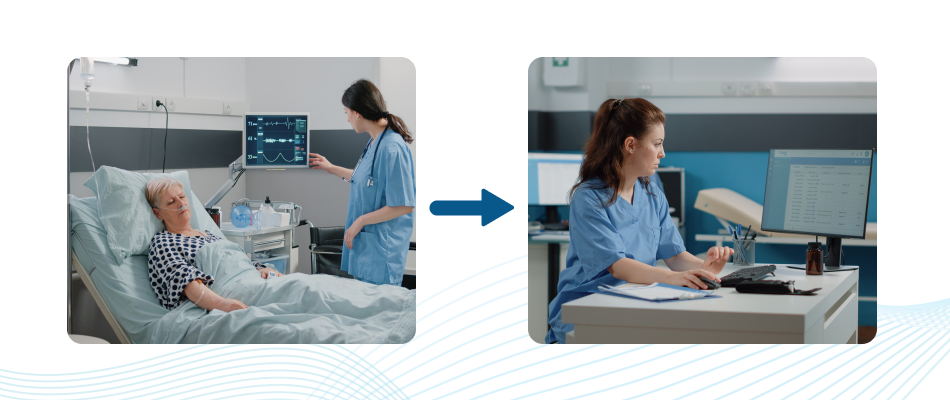
1. Internet of Things (IoT) Connectivity
The Internet of Things is transforming how devices interact with clinicians and patients alike. Connected devices are now smaller and more powerful than ever, making real-time monitoring possible across the continuum from hospital to at-home care.
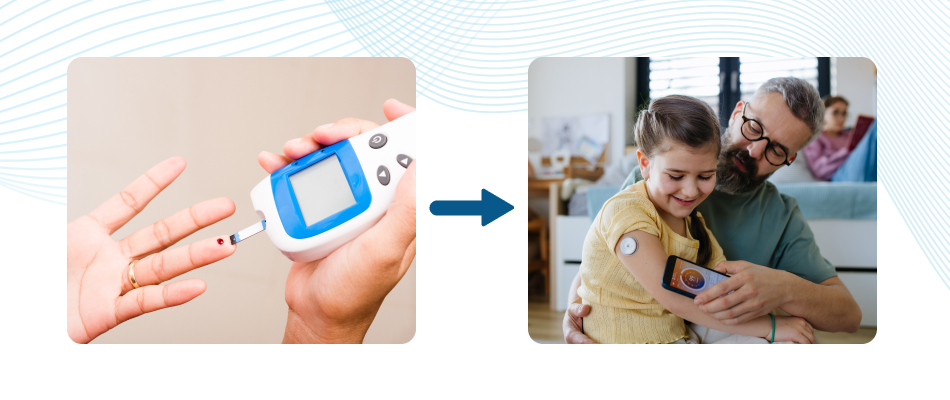
2. Improved User Experience
Technology has turned once-complex devices into intuitive, patient-friendly tools. Think about how blood glucose monitors evolved from bulky, handheld displays to discreet wearables used by people of all ages. Miniaturized electronics mean lighter, more comfortable, and more accessible devices that empower patients to manage their own health.
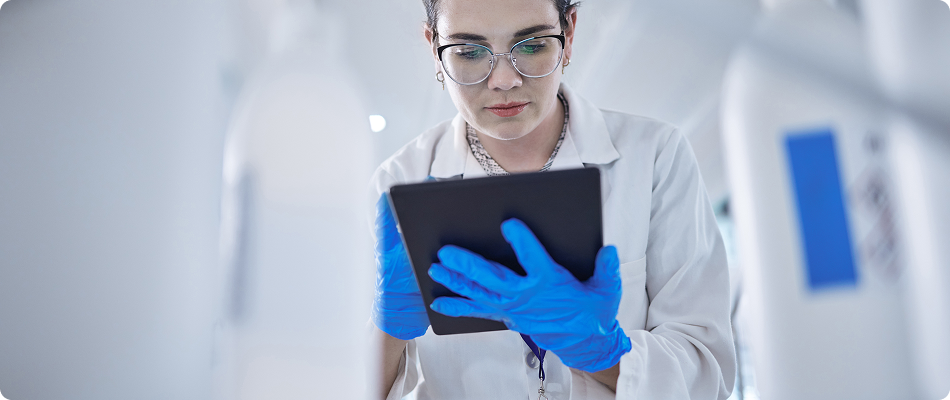
3. Reduced Regulatory Risk
Medication errors and misuse are still major causes of patient harm. Intelligent devices can help close that gap.
For one Gilero customer, we developed a connected syringe that verifies dosage before administration, helping prevent overdoses and ensure compliance.
Connected systems can also self-report maintenance status and performance metrics, simplifying inspections and reducing the administrative burden on healthcare institutions and regulatory bodies.
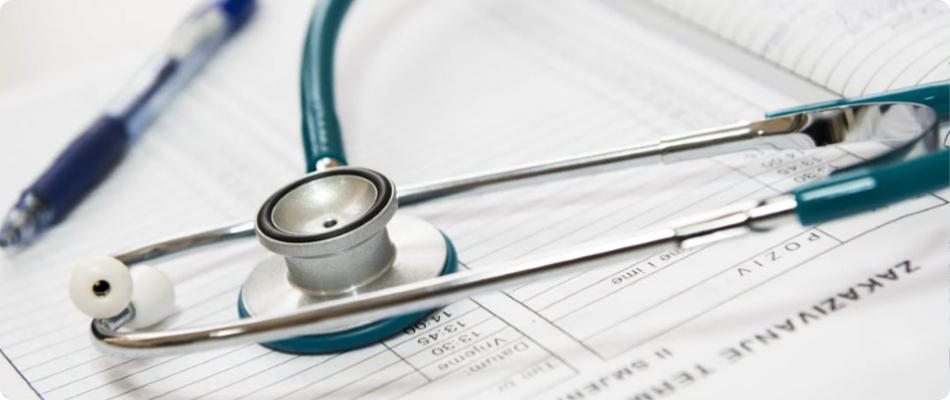
4. Seamless EHR Integration
Integration with Electronic Health Records (EHRs) means that devices can “speak the same language” as hospital systems.
Standards like HL7 and FHIR allow real-time data to flow directly into a patient’s record, eliminating manual entry and reducing the risk of clerical errors. Clinicians gain access to a complete, always-updated patient story—without ever leaving their EHR.
The Future of Intelligent Care
Looking ahead, medical devices will become even more autonomous—blending integrated electronics, AI, and data interoperability to support fully personalized medicine.
Software as a Medical Device (SaMD) solutions are already leveraging AI to analyze vast datasets, identify early warning signs, and support clinical decision-making. (Check out our recent article on the regulatory distinctions between SiMD and SaMD amid evolving FDA AI guidance.)
Gilero is enabling the future of healthcare
At Gilero and Sanner Group we help bring intelligent medical devices from concept to commercialization. Whether you’re developing a new device, integrating IoT into your design, or scaling up manufacturing, our team combines deep engineering expertise with regulatory and quality know-how to seamlessly bring your product to market.
About the Author
Michael Marks M.Sc. is a Senior Systems Engineer with deep expertise in complex electromechanical medical device development. His background includes leading more than $4.5 million in funded government contracts, driving advancements in optics, sensors, 3D printing, and polymer chemistry.

